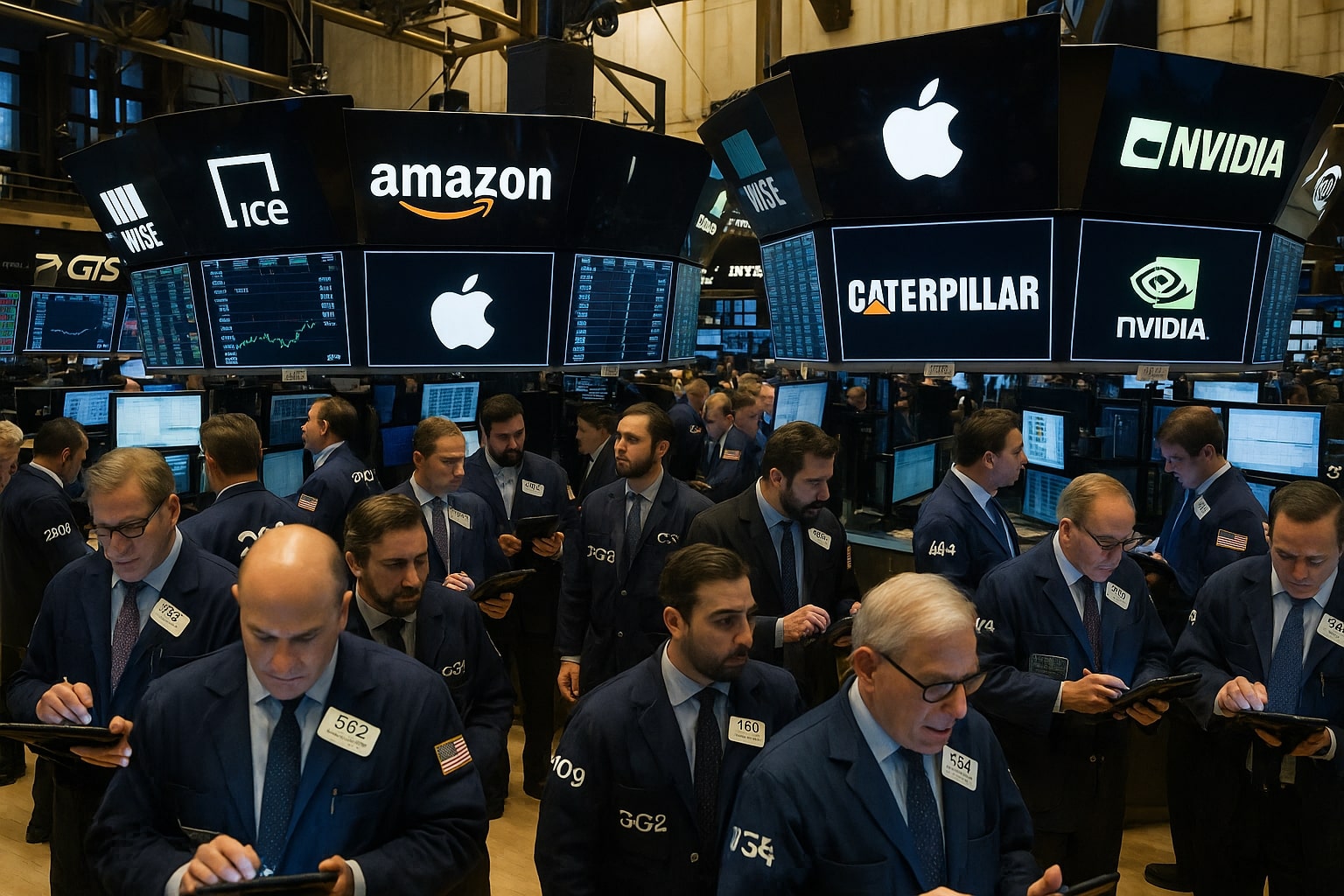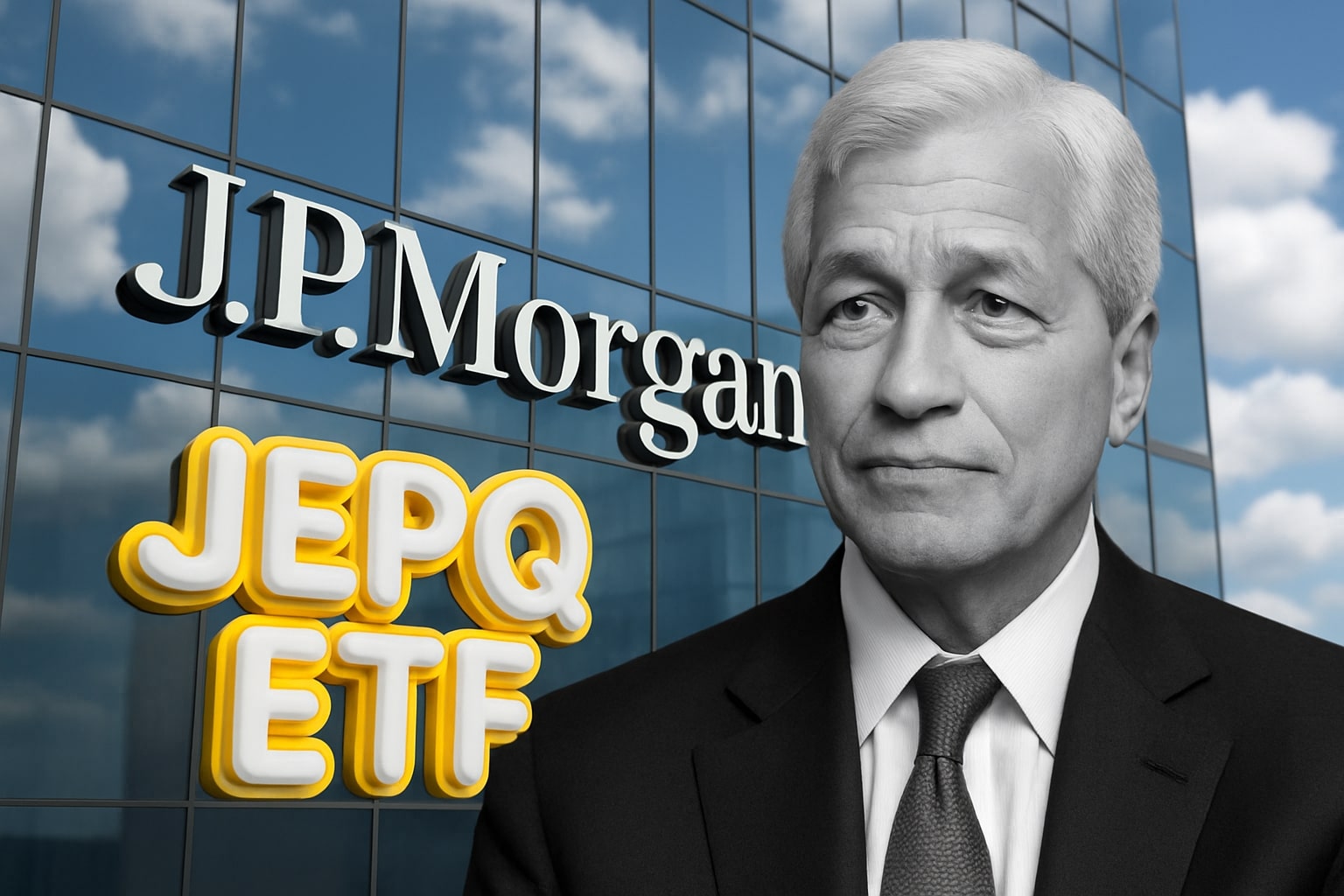Macro and Policy Landscape: U.S. Shutdown Persists as Liquidity Shields Risk Appetite
The government shutdown in Washington entered its second week, yet market volatility remained muted. The CBOE VIX held near 16.6, signaling continued investor calm. According to Bank of America, global equity funds attracted $26 billion in inflows in the week ending October 1, with an unprecedented $9.3 billion flowing into technology alone. This liquidity surge has overshadowed fiscal and political risks, though strategists warn that overextension could turn into fragility if data releases resume with weaker-than-expected metrics once the shutdown ends.
The upcoming Federal Reserve FOMC minutes (October 8) are expected to clarify the central bank’s tone amid falling Treasury yields and slowing inflation. Futures markets are now pricing a 40% probability of a rate cut by March 2026, a sharp shift from the hawkish stance held just two months ago. The Dollar Index (DXY) slipped to 97.42, reflecting narrowing rate differentials that strengthened the yen to USD/JPY 147.25, its strongest weekly gain since April.
Tokenization and the Rise of Digital Equities Transform Market Infrastructure
Parallel to macro volatility, a new structural shift is unfolding as Wall Street accelerates tokenization of traditional assets. Nasdaq (NDAQ) formally requested SEC approval to list tokenized stocks, while Robinhood (NASDAQ:HOOD) and BlackRock (NYSE:BLK) expanded tokenized ETFs across European markets. Larry Fink of BlackRock predicted that “every stock, bond, and fund will eventually exist on blockchain,” emphasizing the efficiency and global accessibility of tokenized assets.
The market for tokenized real-world assets, including treasuries, real estate, and commodities, is projected to expand from $600 billion in 2025 to nearly $19 trillion by 2033, according to research by BCG and Ripple. This trend could redefine liquidity, trading hours, and collateralization models in global finance. As tokenized trading matures, it may further integrate with AI-driven execution systems and 24-hour markets, erasing the traditional boundary between crypto and equities.
India’s Growth Pivot Draws Morgan Stanley Optimism Despite FPI Caution
While FPIs withdrew ₹23,885 crore from Indian equities in September, Morgan Stanley reiterated its bullish stance, arguing that markets are “underestimating the growth pivot.” The firm highlights policy measures such as dual rate cuts, CRR reductions, and ₹2 trillion in GST cuts, which are expected to revive mass consumption and sustain GDP growth near 6.8%. Structural reforms lowering inflation volatility and reducing savings imbalances have also boosted confidence that India can sustain high growth with stable rates.
Sectorally, the brokerage remains overweight on financials, consumer discretionary, and industrials, while staying underweight on energy, utilities, and healthcare. Domestic cyclicals are expected to lead as fiscal spending accelerates and the upcoming festive season lifts demand.
Market Sentiment and Outlook: Euphoric But Narrow
The global risk rally remains intact, but the composition of gains is narrowing dangerously. Less than one-fifth of S&P 500 constituents contributed positively this week, and forward earnings estimates have flattened despite record prices. The combination of slowing breadth, extreme momentum, and concentrated capital flows into a few large-cap tech names has fueled comparisons with the 2021 post-pandemic bubble. Still, lower yields, AI optimism, and strong corporate liquidity continue to cushion any near-term correction.
Emerging markets, led by India, remain structurally stronger than developed peers, supported by fiscal discipline and steady domestic demand. Europe’s indices, meanwhile, ride the same liquidity wave, though credit markets are flashing early warning signs of overheating as corporate debt leverage rises.
Final Market Stance and Trading Bias
Based on the current structure, global equities remain in an extended bull phase but vulnerable to overextension. The technical picture suggests that traders should maintain exposure with protective stops.
S&P 500 (SPX): HOLD, bullish above 6,600, with targets near 6,900–7,000
Nasdaq (NDX): HOLD, watch resistance at 25,000, vulnerable to correction if momentum fades
Dow Jones (DJI): BUY on dips above 46,000, upside potential toward 48,200–50,000
Nifty (NSE:NIFTY): BUY above 24,700, near-term target 25,400, strong macro backdrop
Sensex (BSE:SENSEX): BUY above 81,000, scope for 82,500–83,000 in Q4
Global markets are rallying through uncertainty, driven less by fundamentals than by liquidity and positioning. With shutdowns, policy risks, and overbought charts colliding, October 2025 may yet prove the most pivotal month of the year—one where exuberance meets gravity.



















